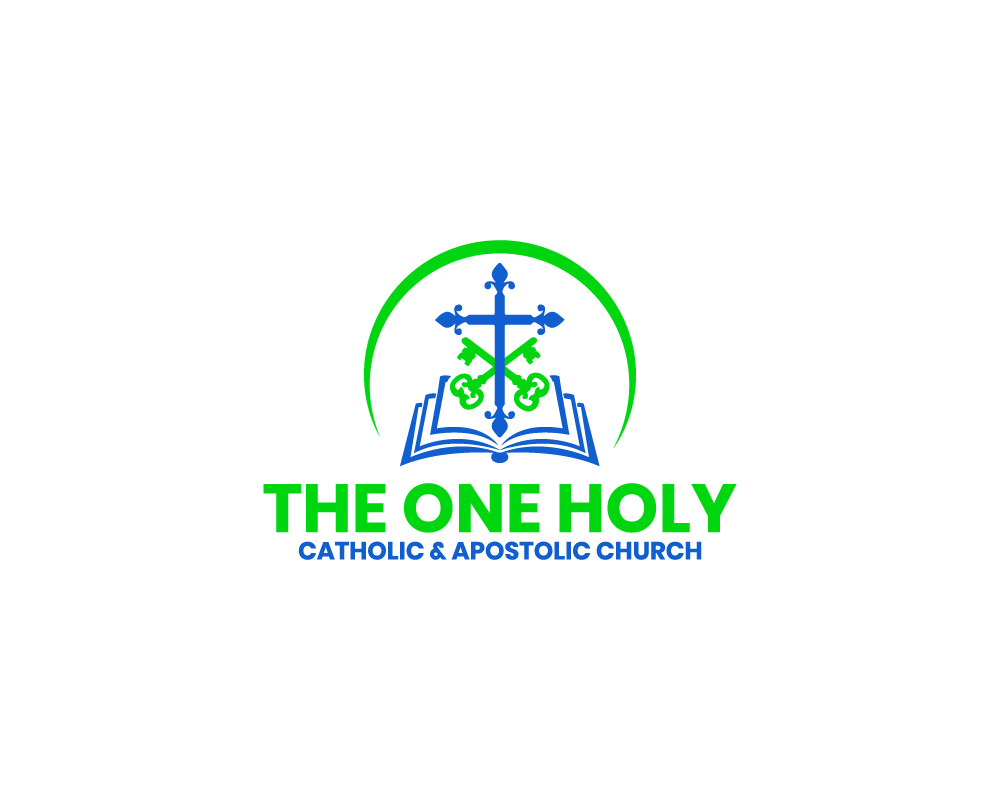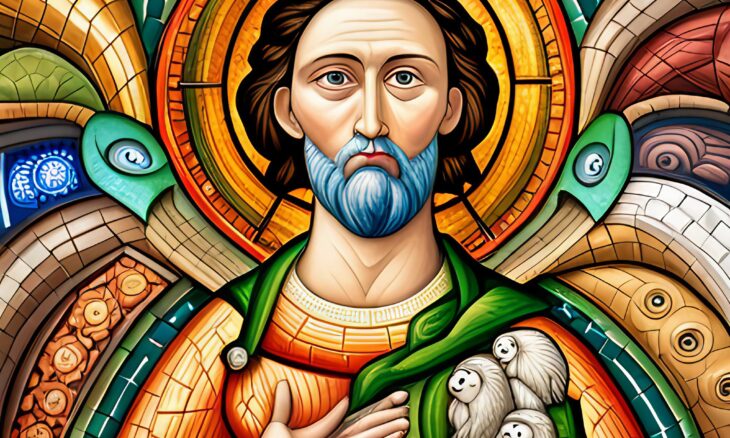The Genesis of Vegetation
Genesis 1:11 presents a profound proclamation of creation in its simplicity and grandeur: “God commanded the earth to sprout vegetation, seed-bearing plants, and fruit trees, each bearing fruit with seeds according to their kinds.” This marked the dawn of the third day of creation.
The Vital Role of Plants
Plants serve a multitude of purposes, from healing and nourishment to creative and aesthetic applications. Luke 12:27 refers to the lilies, which neither toil nor spin, yet are more gloriously adorned than even Solomon. Even the simplest elements of God’s creation embody the essence of life and the beauty of nature.
Human Impact on Vegetation
Regrettably, human activities like overgrazing, deforestation, excessive irrigation, and urbanization disrupt the natural balance. Such actions stem from a selfish disregard for the importance of plants. Our understanding tends to be limited and selective, often driven by profit rather than respect for nature.
Plants: The Lifeline of Existence
However, plants are at the heart of life. They allow us to breathe, inspire our dreams, and underpin spiritual and cultural life. A world devoid of plants would be bereft of beauty and life itself. It’s unthinkable to envision a world where unsustainable practices continue unchecked, leading to environmental degradation.
Lessons from the Plant Kingdom
Plants also serve as wise mentors and exemplary models. They lean towards the light, crave water, and thrive on clean air. Their roots burrow deep while they reach for the skies. They thrive on minimal resources, transform what they absorb from nature, and adapt spontaneously. They enrich their microcosm while contributing to the macrocosm around them.
The Creation of Life: Days Five and Six
During the fifth and sixth days of creation, God crafted a multitude of animals and designed man and woman in His divine image (Gen. 1:26). The sixth day, however, wasn’t entirely devoted to forming Adam from earth. It was also used to create a vast array of “living creatures of every kind; cattle and creeping things and wild animals of the earth of every kind” (Gen. 1:24).
Unity with Animals and Creation
This immediate link between humanity and the rest of creation from the onset is a potent reminder of our close relationship with the animal kingdom. While humans being created in the divine image is unique, we share more similarities than differences, not just among ourselves but also with the universe. This lesson has been learned the hard way in recent decades.
Insights from Early Church Saints
The early Eastern Church saints had taught this lesson. They believed that a person with a pure heart could feel the connection with all creation, especially the animal world. This bond is not just emotional but deeply spiritual. It provides a sense of belonging and empathy with all of creation—a recognition that everything was created in Christ and held together by Him (Col. 1:15–17).
Love for All Creatures
Love for God, humans, and animals are interconnected. We might prioritize them differently, but they cannot be distinctly separated. We are all part of one family—humans and the living world alike—and all depend on God, the Creator.
Environmental Stewardship in Orthodox Christianity
As Orthodox Christians who believe in a world created and re-created by a loving God, we are compelled to be environmentalists and firm believers in the sanctity of the physical world. We look forward to not just a new heaven but also a new earth. We strive for a renewed and restored heaven and earth, where “the wolf shall feed with the lamb and the leopard shall lie down with the goat” (Isa. 11:6).
The Kingdom of God Among Us
This isn’t an unrealistic dream; for Orthodox Christians, this reality begins now. We pledge to embrace all of creation, working toward fairness and communion among people worldwide. This transformation of the created world is a living reality for those who desire it and work toward its fullness.



